In Vietnam, the transition to a green economy has been identified by the Government as one of the long-term strategic pillars. However, to realize these strategies, a financial-banking system is needed to play a leading role, proactively "pumping blood" into key areas such as clean energy, green agriculture, etc.

"Nudge" to open up long-term capital flows
Green credit, from a seemingly unfamiliar concept, is gradually becoming a strategic component in banking operations. Not only a financial tool, green credit is an essential “push” to unblock long-term capital flows, promote growth model transformation, create momentum for circular economic development and move towards net zero emissions () by 2050.
In a recent report by the State Bank of Vietnam (SBV), as of the end of March 2025, 58 credit institutions had generated green credit balances with a total outstanding balance of over VND 704,244 billion, accounting for about 4.3% of the total outstanding balance of the entire economy. The average growth rate of green credit balances in the 2017-2024 period reached over 21% per year, far exceeding the overall credit growth rate of the entire industry.
Notably, more than 70% of this is focused on renewable energy, clean production, waste management and sustainable resource use. Of which, green industrial and green construction loans reached about VND25,000 billion, accounting for about 3.7% of total green credit loans. Priority areas include renewable energy (45%), green agriculture (31%) and sustainable water management.
Deputy Governor of the State Bank of Vietnam Dao Minh Tu also affirmed: In recent times, the State Bank of Vietnam has synchronously implemented many solutions to direct credit capital flows into green, environmentally friendly fields and low-carbon manufacturing industries. BIDV has lent more than 2 billion USD to wind and solar power projects in the central and Central Highlands provinces.
TPBank has launched credit packages with preferential interest rates for individual customers installing rooftop solar power, while HDBank has stepped up cooperation with international financial institutions to expand long-term green capital sources. Agribank has launched a VND10,000 billion loan package for organic agriculture and renewable energy with interest rates starting from 3.5%/year. ACB has a VND2,000 billion package for industries in the green category. VietinBank has also launched green projects worth nearly VND27,000 billion since the COP26 Conference until now...
Untie the knot
Although the trend is clear, the green credit market in Vietnam still faces many challenges. First is the lack of standardization. Vietnam does not have a complete legal framework on the concept and criteria for classifying green projects. For example, up to now, there has been no specific decree or green classification system to serve as a basis for determining projects eligible for green credit. This makes it impossible for many potential loans to be counted or accessed in accordance with policy.
Associate Professor, Dr. Bui Huu Toan, Chairman of the Banking Academy Council, said that the lack of a clear criteria system makes it difficult for businesses to access capital. Therefore, experts believe that Vietnam needs a synchronous strategy, from institutions, policies to implementation resources. Lessons from the EU or Korea show that a clear green classification system will help the market distinguish between "real green" and "greenwashing" (green advertising), thereby improving reliability and .
In order to contribute to resolving the legal "bottleneck", Mr. Nguyen Tuan Quang - Deputy Director of the Department of Climate Change (Ministry of Agriculture and Environment) said that recently the Ministry of Agriculture and Environment has submitted to the Prime Minister for consideration the issuance of environmental criteria and confirmation for projects granted green credit and issued green bonds.
When issued, this Decision will clearly stipulate environmental criteria, serving as a basis for projects to access green credit and green bonds, and at the same time add criteria for green production projects according to export market requirements.
It is expected that 45 types of investment projects in 7 sectors will be confirmed to meet environmental criteria for granting green credit and issuing green bonds. Meanwhile, Dr. Michaela Baur, Director of the German Development Cooperation (GIZ) in Vietnam, recommends that green classification is a key factor to orient capital flows towards green growth and help Vietnam access global green finance sources.
According to Ms. Michaela Baur, since 2017, under the mandate of the German Government, GIZ has supported the SBV to develop the “Green Credit Statistics Report”. This is considered the initial version of a green classification system specifically for the banking industry, to monitor and promote green credit activities.
In addition, an important highlight is that the State Bank of Vietnam and the IFC have just launched the handbook "Environmental-social risk management system in credit granting activities" co-authored by the two parties and built according to international practices to support credit institutions (CIs) in applying ESG standards in credit activities, promoting sustainable finance goals.
According to Deputy Governor of the State Bank of Vietnam Dao Minh Tu, this will be a highly practical reference document, helping credit institutions strengthen risk management according to international best practices. Thus, Vietnam is at a pivotal point in the model transformation process. If we continue to depend on the "brown" development model, which consumes resources and emits high emissions, we will fall behind in the global race.
On the contrary, if we know how to take advantage of the role of green credit as a strategic financial lever, the Vietnamese economy will have the opportunity to make a breakthrough, not only in GDP growth but also in quality of life, international reputation and long-term development. In that picture, the banking industry must take the lead, not only as a capital provider but also as a leader in changing market thinking. It is the banks, as the lifeblood of the economy, that will decide where capital flows, what is nurtured and what development model will be formed for the future.
However, the banking sector’s efforts alone are not enough. According to Ms. Ha Thu Giang - Director of the Department of Economic Sectors (SBV), the development of green credit also requires coordination between ministries and sectors to perfect policies, build a roadmap to support green sectors (tax, capital, technology) and develop the green bond market, rights. Credit institutions also need to access international capital sources to provide long-term loans, preferential interest rates, etc.
Source: https://baolaocai.vn/co-hoi-va-thach-thuc-cua-tin-dung-xanh-post403024.html



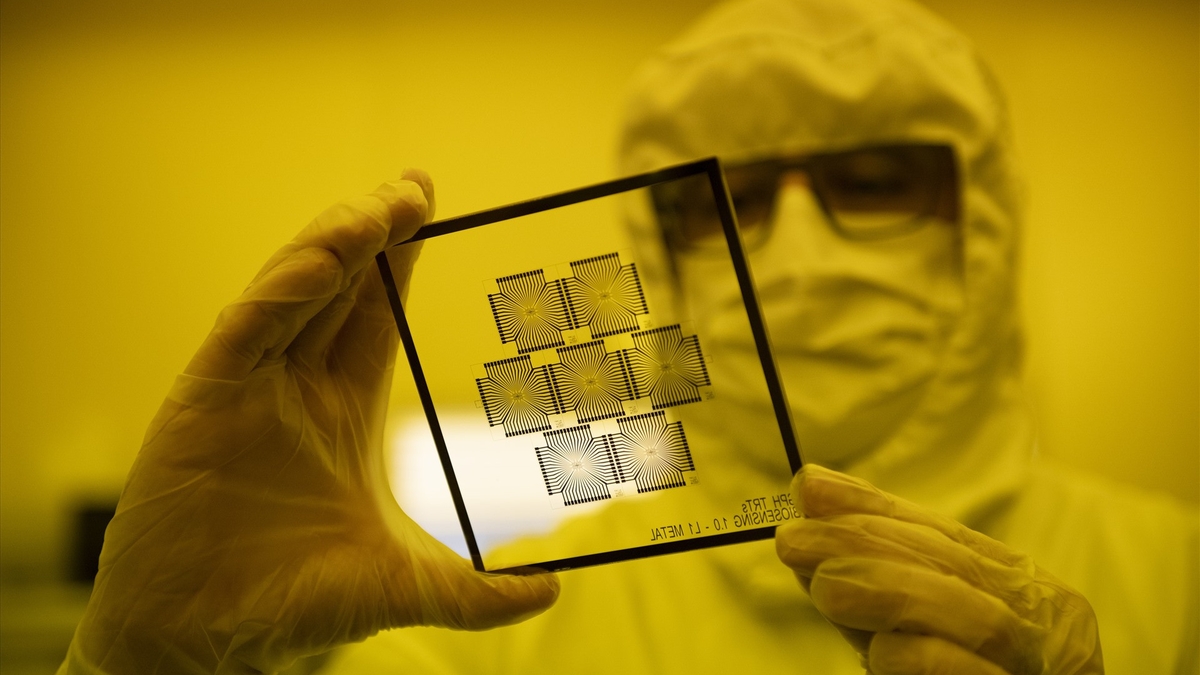


![[Photo] Da Nang: Hundreds of people join hands to clean up a vital tourist route after storm No. 13](https://vphoto.vietnam.vn/thumb/1200x675/vietnam/resource/IMAGE/2025/11/07/1762491638903_image-3-1353-jpg.webp)

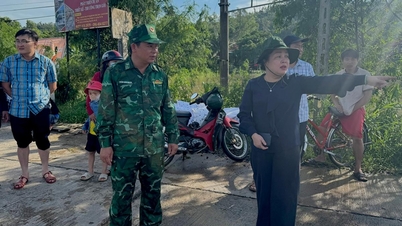

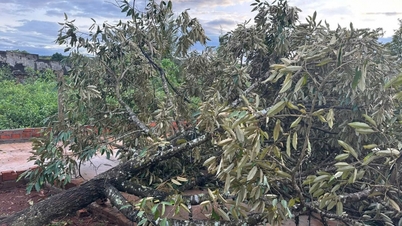
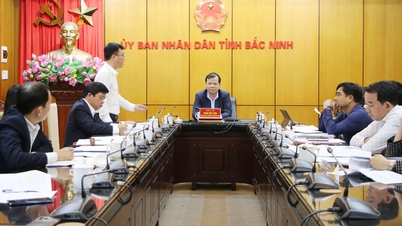

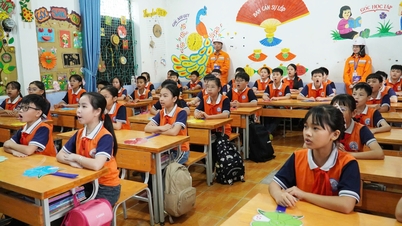








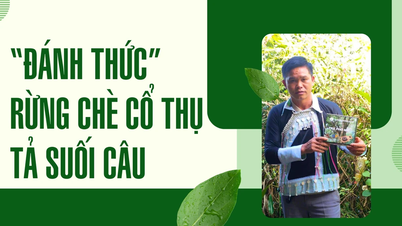
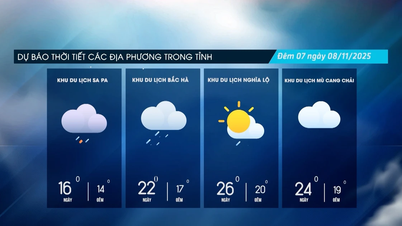



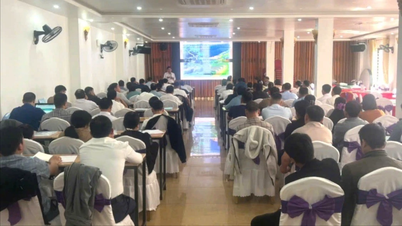



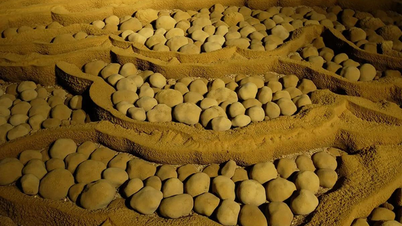

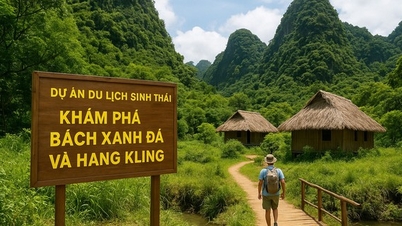




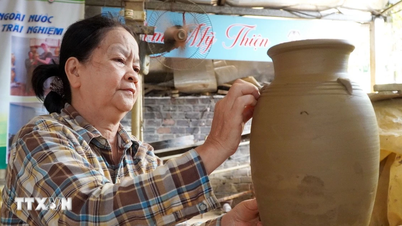

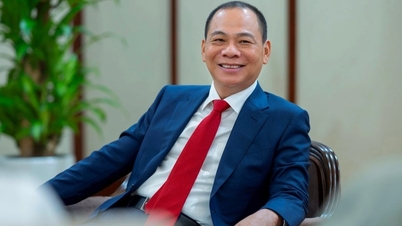









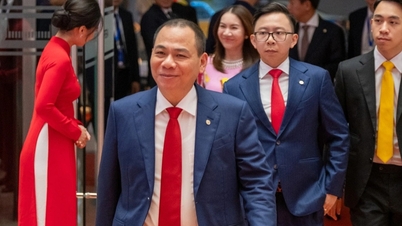


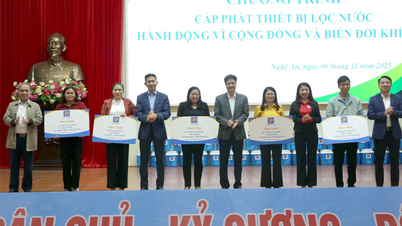


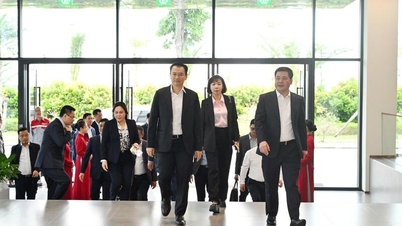



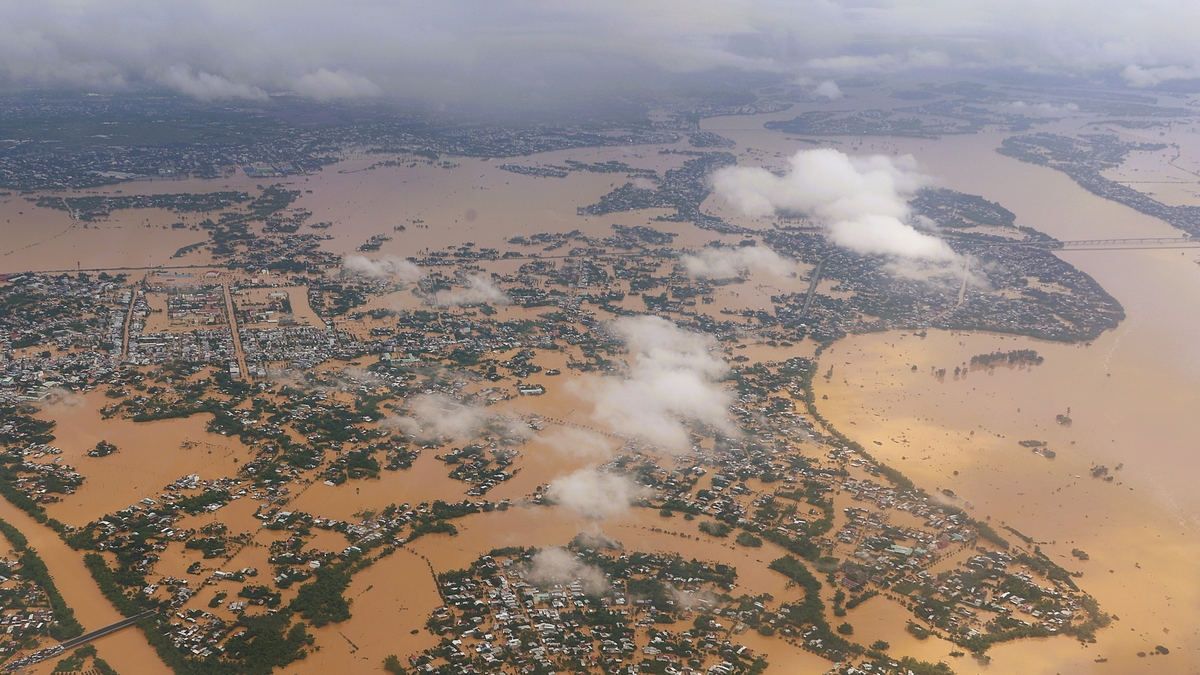



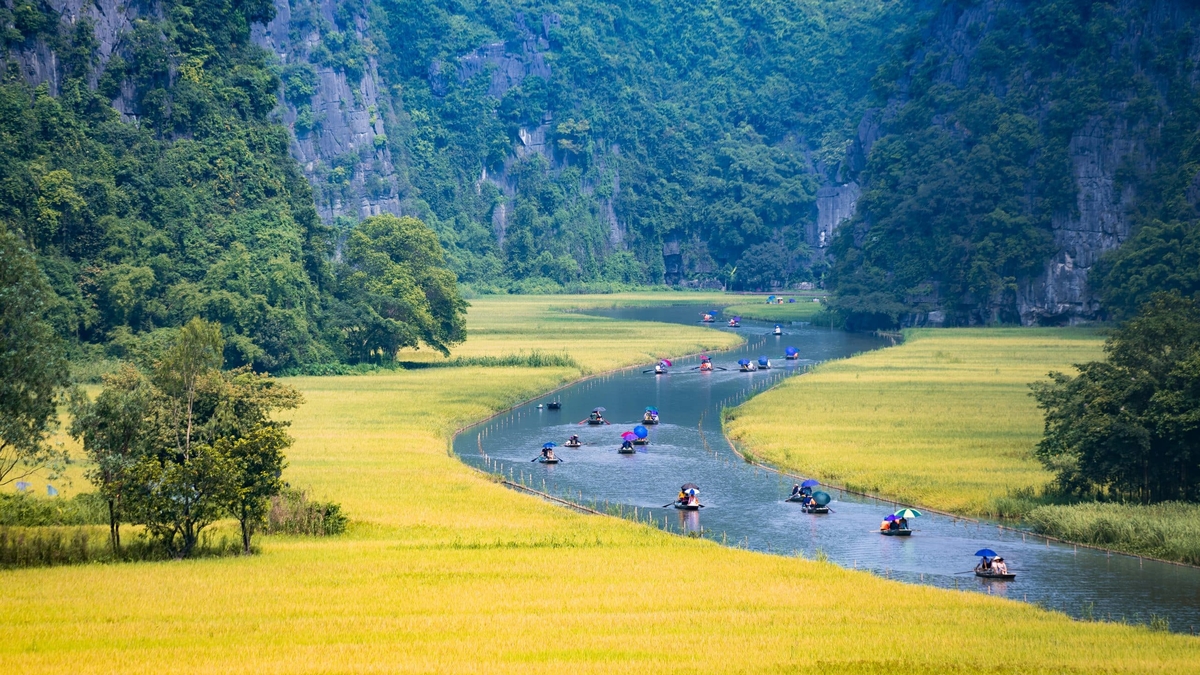
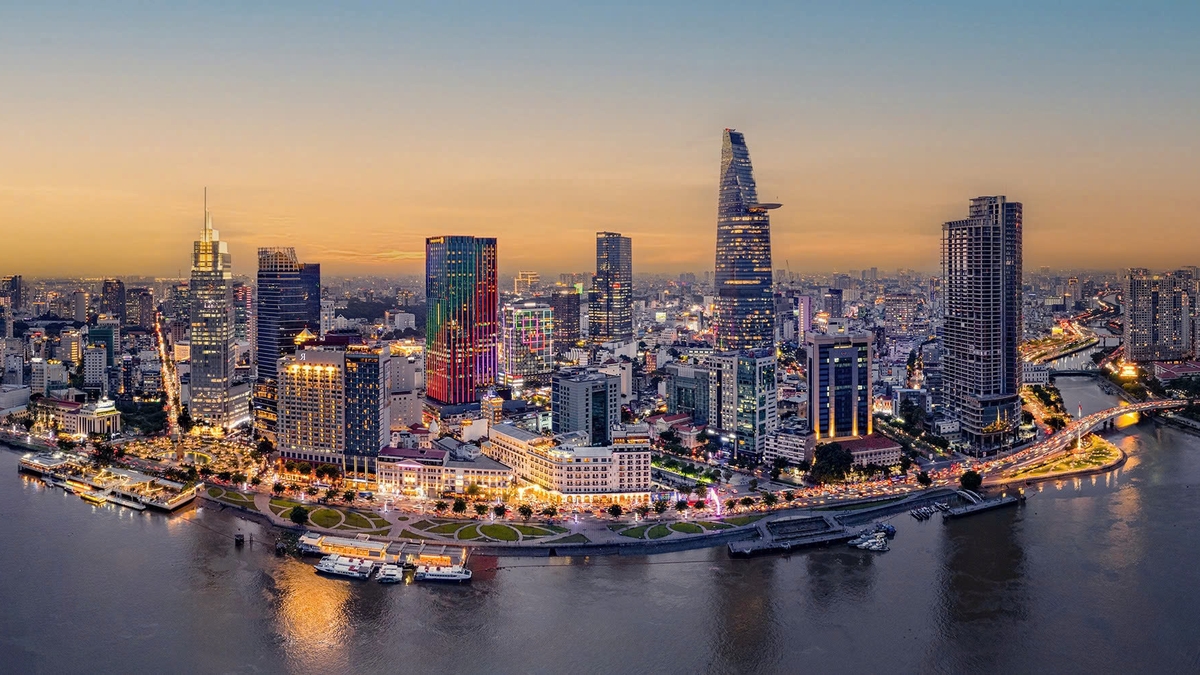
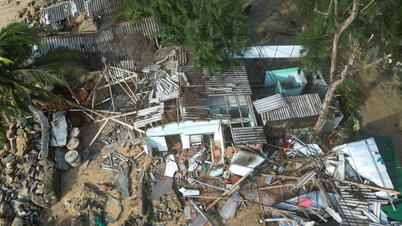



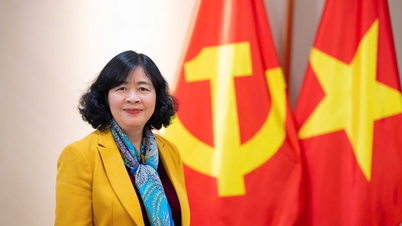

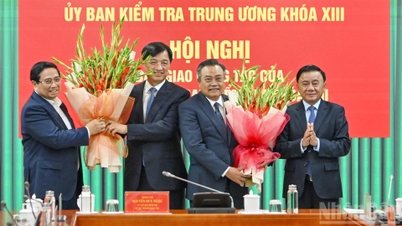


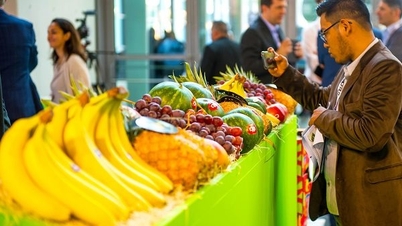


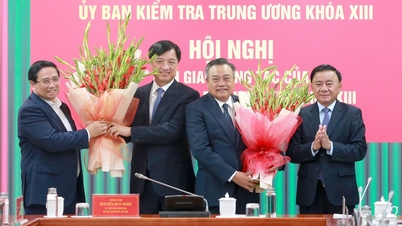









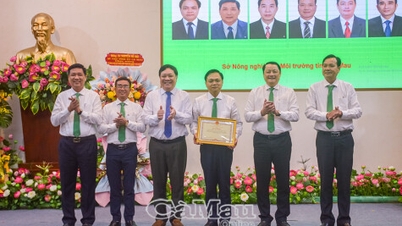
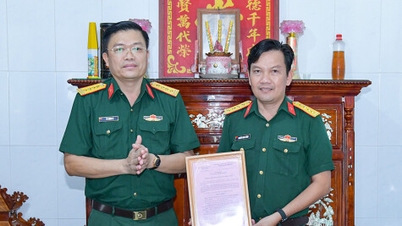
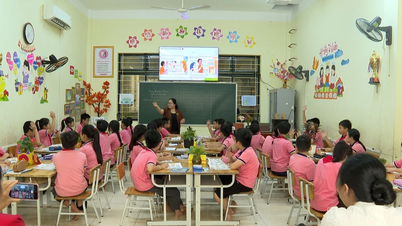

















Comment (0)